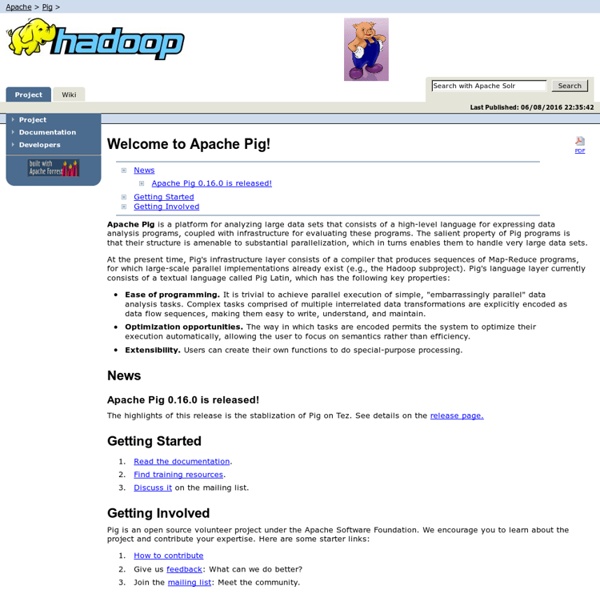22 free tools for data visualization and analysis
You may not think you've got much in common with an investigative journalist or an academic medical researcher. But if you're trying to extract useful information from an ever-increasing inflow of data, you'll likely find visualization useful -- whether it's to show patterns or trends with graphics instead of mountains of text, or to try to explain complex issues to a nontechnical audience. There are many tools around to help turn data into graphics, but they can carry hefty price tags. The cost can make sense for professionals whose primary job is to find meaning in mountains of information, but you might not be able to justify such an expense if you or your users only need a graphics application from time to time, or if your budget for new tools is somewhat limited.
Hive!
www.tuaw.com/about
Established December 5, 2004, The Unofficial Apple Weblog (TUAW) is a resource for all things Apple and beyond. TUAW publishes news stories, credible rumors and how-to's covering a variety of topics daily. As a trusted tech blog, TUAW provides opinion and analysis on the news in addition to the facts. TUAW is a trusted source for news, information and analysis about Apple and its products.
Big Data Is As Misunderstood As Twitter Was Back In 2008
Boonsri Dickinson, Business Insider In 2008, when Howard Lindzon started StockTwits, no one knew what Twitter was. Obviously, that has changed. Now that Twitter is more of a mainstream communication channel, Lindzon has figured out the secret to getting past all the noise on Twitter. By using human curation, StockTwits can serve up relevant social media content to major players like MSN Money.
HBase
Groovy - Home
Semantic Bits
What Machine Learning Can Do And What Machine Learning Cannot Do Posted by Stacy on 24-08-2018 How Do Machines Learn An Introduction to Machine Learning Posted by Stacy on 14-08-2018
Sqoop
The Jython Project
Deep learning based Object Detection and Instance Segmentation using Mask R-CNN in OpenCV (Python / C++)
A few weeks back we wrote a post on Object detection using YOLOv3. The output of an object detector is an array of bounding boxes around objects detected in the image or video frame, but we do not get any clue about the shape of the object inside the bounding box. Wouldn’t it be cool if we could find a binary mask containing the object instead of just the bounding box? In this post, we will learn how to do just that. We will show how to use a Convolutional Neural Network (CNN) model called Mask-RCNN (Region based Convolutional Neural Network) for object detection and segmentation.




A platform for analyzing large data sets that consists of a high-level language for expressing data analysis programs, coupled with infrastructure for evaluating these programs by sergeykucherov Jul 15